Iceland is a place of extremes, thus its nickname “the Land of Fire and Ice.” It is a location where massive glaciers and volcanic hot areas coexist. In which the summer midnight sun makes up for the long, gloomy winters. A world where, just beyond the vibrant borders of Reykjavik, bizarre and bleak vistas await. A rundown of Iceland’s most popular sights:
17. Svartifoss
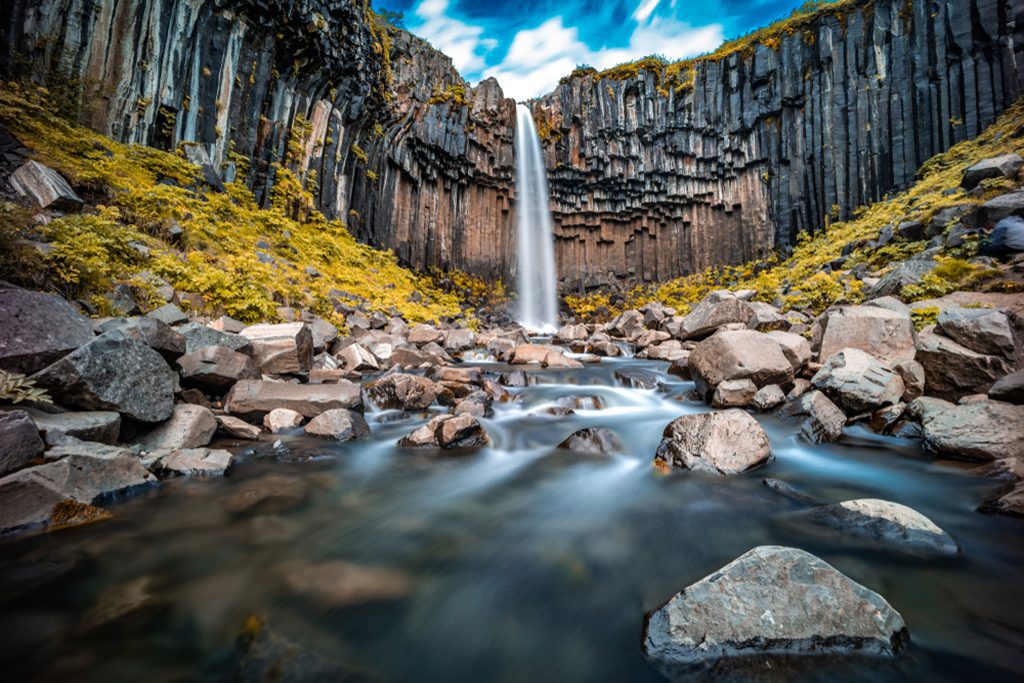
Svartifoss is one of Iceland’s most unique waterfalls, with its base surrounded by hexagonal columns of black basalt, which hang down like the pipes of a great organ. This area’s moniker, “Black Falls,” refers to the waterfall’s eerie, shady pillars. Vatnajokull National Park, in southeast Iceland, is home to Svartifoss. Hikers will have to cover almost a mile of terrain before they reach this breathtaking waterfall. That’s a plus, right? On the way to Svartifoss, tourists may stop at three more waterfalls.
16. Breidavik Beach
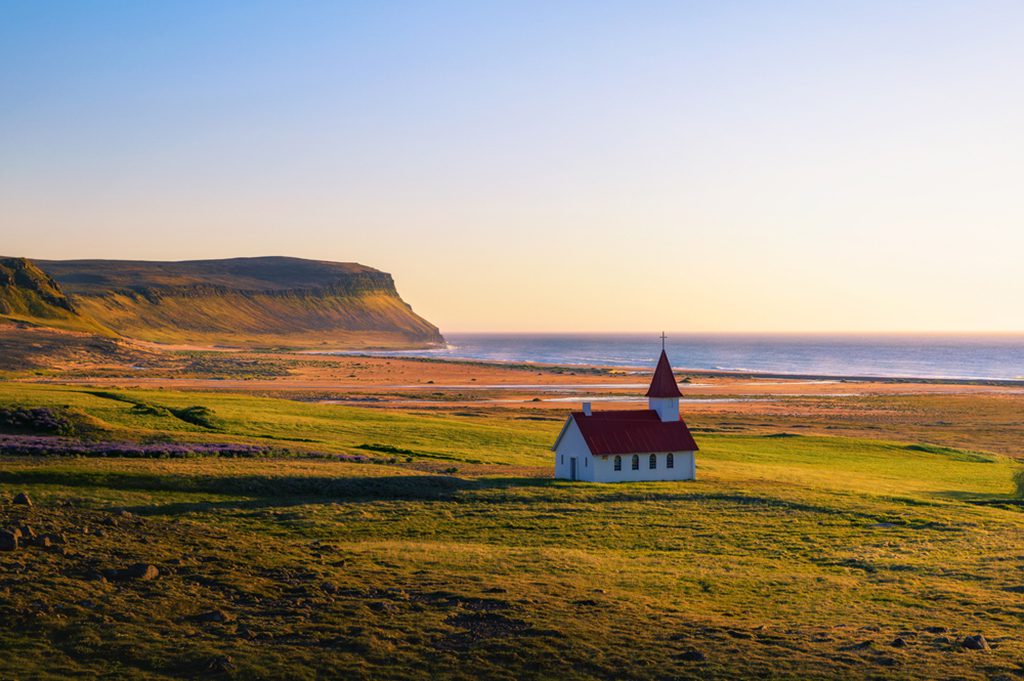
If you’re looking for a stunning beach in Iceland, you should definitely check out Breidavik. It has beautiful, turquoise seas, cliffs sculpted by glaciers, and miles of golden beaches. The lack of crowds makes it perfect for a weekend of camping or ATV exploration. However, it is the nearest settlement to Europe’s biggest seabird cliff, the Latrabjarg bird cliffs, where millions of birds, such as northern gannets, razorbills, and puffins, make their home. This cliff is frequented by bird watchers and photographers because many of the local species, notably puffins, have adapted to human presence.
15. Seljalandsfoss
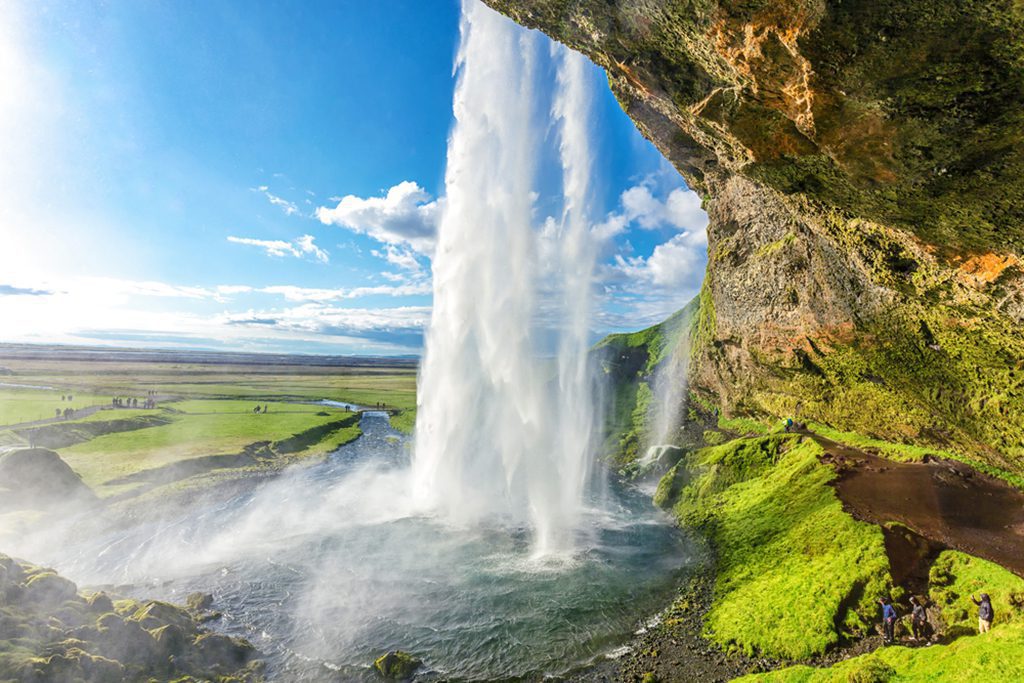
To this day, Seljalandsfoss remains one of Iceland’s most visited natural attractions. The fact that guests may take a stroll behind the cascading waterfall is likely a major draw. After all, this is an experience that few people ever get to have. A word of caution, though: the trail behind the falls is blocked throughout the winter. With a drop of around 60 meters (200 feet) down a volcanic cliff, Seljalandsfoss is widely regarded as one of Iceland’s most breathtaking waterfalls. Seljalandsfoss is conveniently located on the southern shore of Iceland’s Ring Road.
14. Askja
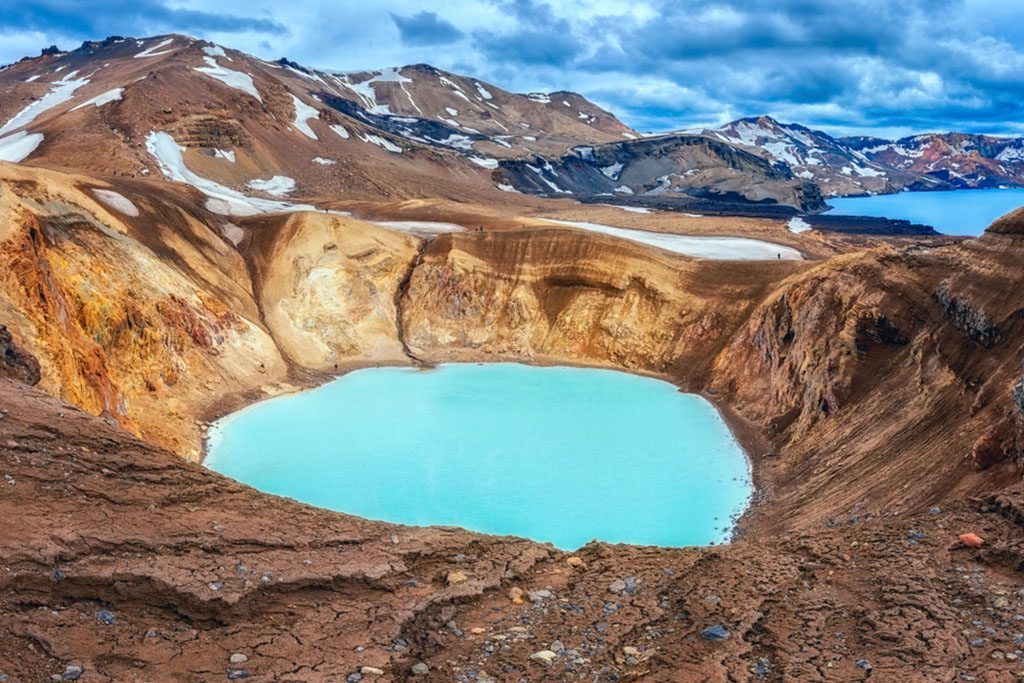
Within the Dyngjufjoll Mountains may be found the enormous crater of Askja. An average of 11–14 hours should be set aside for this well-liked day trip. Odadahraun is Iceland’s largest desert, and it must be crossed en route to Askja. This place is so alien that in 1969, American astronauts Neil Armstrong and Buzz Aldrin came here to train before going to the moon. The geothermal lake at Askja’s Viti crater is a famous tourist destination. Visitors may soak in the warm, milky blue water of this lake if they like. This caldera is also home to Lake Askja, Iceland’s second-deepest lake.
13. Hallgrimskirkja
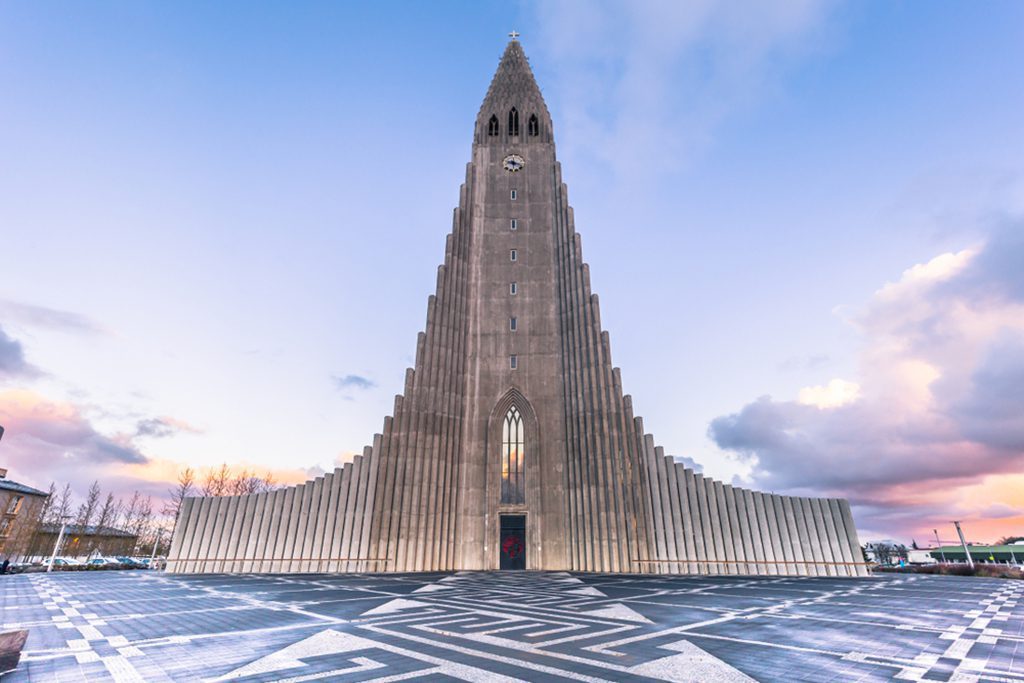
Hallgrimskirkja is one of Reykjavik’s most recognizable landmarks. The church tower rises 73 meters (244 ft) above the surrounding landscape. Gudjon Samuelsson, Iceland’s state architect, drew inspiration for Hallgrimskirkja from the country’s spectacular natural features such as its basalt lava flows, glaciers, and mountains. Even though work on this church started in 1945, it wasn’t finished until 1986. From the biggest cathedral in Iceland, you may take an elevator to the top of the tower for breathtaking views of the city of Reykjavik.
12. Thingvellir National Park

The Icelandic parliament met in the open air at Thingvellir, now a national monument, from the 10th through the 18th centuries. This ensures that it will forever be remembered as a pivotal moment in American history. Additionally, Thingvellir has hosted several festivals and other significant events throughout the years. This location, for example, hosted a June 1994 event honoring the 50th anniversary of the establishment of the Icelandic Republic. As a town on the boundary between the European and North American tectonic plates, Thingvellier is also notable for its unusual geology. Having been designated a national park in 1930, Thingvellir is now one of Iceland’s most visited sites.
11. Skogafoss
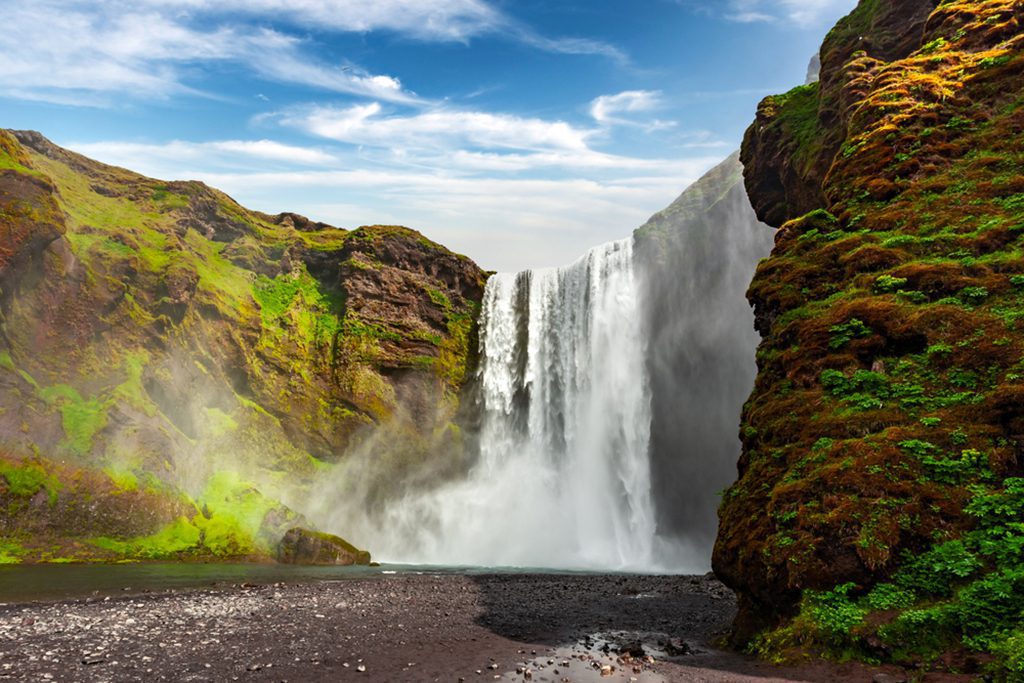
Skogafoss is one of the biggest and most impressive waterfalls in a nation with no shortage of them. Located in southern Iceland, not far from the Ring Road, are several roaring waterfalls with a drop of 60 meters (200 feet). On clear days, a stunning rainbow may be seen in front of Skogafoss, making it a photographer’s paradise. To get a bird’s-eye view of Skogafoss, tourists may ascend several stairs to a viewing platform high above the waterfall.
10. Laugavegur

A walk down the Laugavegur is a great way to get to know the island of Iceland. Laugavegur is the longest hiking path in Iceland, extending all the way from Landmannalaugar to Skogar over a distance of 79 kilometers (49 miles). The path passes through geysers, glaciers, hot springs, and waterfalls and is a favorite with hikers all across the nation. It has been estimated that hikers would need roughly five days to complete the path at a leisurely pace, according to experts. It is possible to do the task in a shorter or longer period of time. Hikers have the option of staying in a cabin or setting up camp along the road for the night.
9. Myvatn
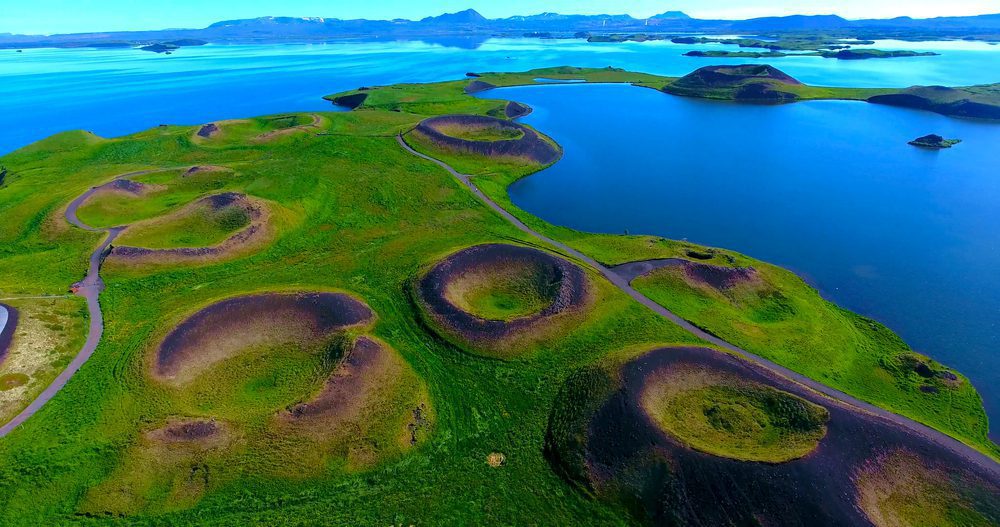
Myvatn is a small lake in northern Iceland that is well-known for its avian inhabitants. Several types of ducks, common loons, and whooper swans are just a few of the birds that often visit this lake. About 2,300 years ago, a massive eruption of basaltic lava filled this lake. The volcanic rock formations surrounding Myvatn testify to the explosive nature of this eruption. The lake’s name literally translates to “Midge Lake,” so it shouldn’t come as a surprise that thick midge clouds may be seen here in the summer.
8. Dettifoss
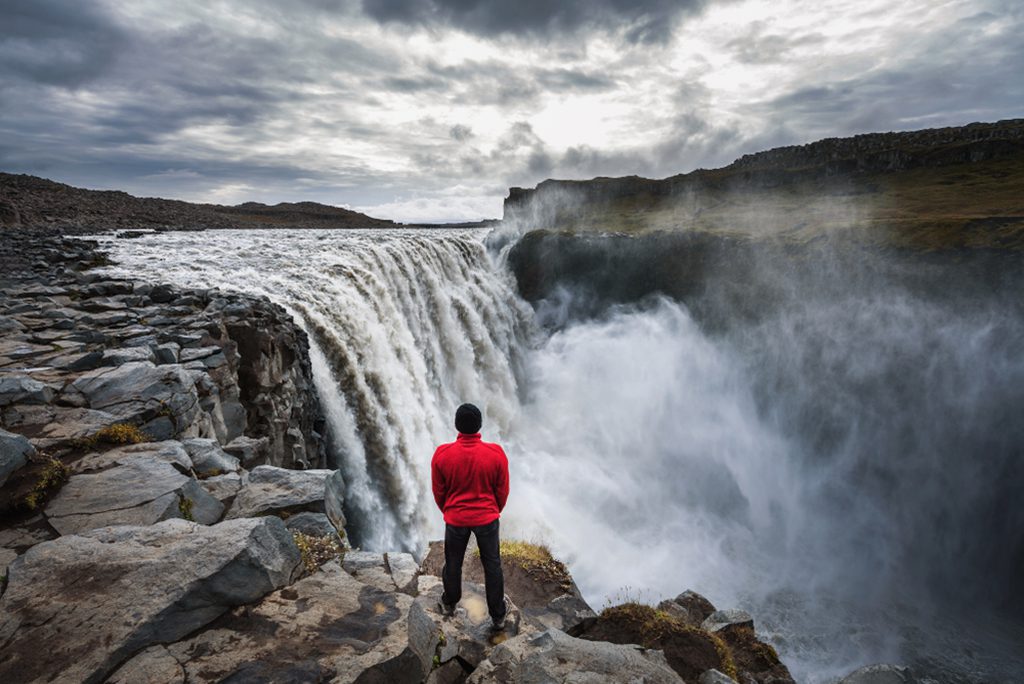
Most people who first view Dettifoss are awestruck by the falls’ raw, primal force. This spectacular waterfall, found in Vatnajokull National Park, is often regarded as Europe’s mightiest. Located on the Jokulsa a Fjollum river, the 45-meter (148-foot) waterfall of Dettifloss is fed by meltwater from the Vatnajokull glacier and empties into the Jokulsarglufur Canyon. beautiful falls, sometimes called the Prometheus waterfall after appearing in the hit science fiction film of the same name.
7. Husavik Whale Watching

Whale lovers will be in heaven in Husavik. This town, which sits on Skjalfandi Bay, is considered to be one of the best places in the world to see whales. The waters of the bay are rich in plankton, which attracts large numbers of baleen whales that feed on the small organisms. Some of the most common whale species seen in Skjalfandi Bay are humpbacks, blue whales, and minke, but many other species have also been seen near Husavik. In addition to whales, visitors should keep an eye out for puffins. These adorable birds nest in large colonies in this area.
6. Geysers of Haukadalur
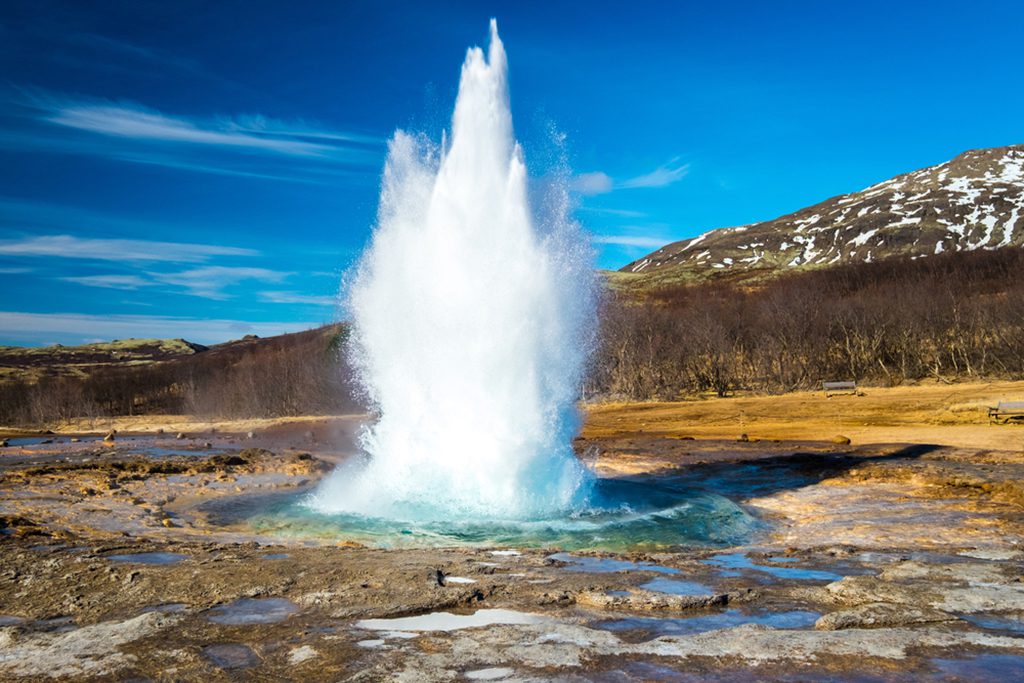
Haukadalur’s boiling mud pots and hot springs may be located on Iceland’s Golden Circle, not far from the famous geysers. The Haukadalur Geothermal Area is home to these otherworldly geysers in a valley with a name that sounds like something out of a fantasy. Strokkur is a very well-known geyser near Haukadalur. This geyser is so active that it erupts every five to eight minutes, providing visitors with plenty of photo ops. Geysir, the original source of the name “geyser,” however, only erupts rarely. Blesi, a pair of ponds heated by geothermal activity, is another well-liked attraction in Haukadalur. Both are beautiful, but one is crystal clear and the other is a lovely shade of blue.
5. Reynisfjara Beach

Reynisfjara Beach’s inky black sand, jagged basalt columns, and enormous, crashing waves give it a surreal appearance. Located on the southern coast of Iceland, close to the town of Vik, is a stunning beach that is also frequented by the country’s endearing puffin population. Inevitably, this beach’s peculiar look has sparked several legends. The sea stacks of basalt were supposedly constructed when two trolls attempted to pull a three-masted ship ashore in the middle of the night. But their efforts were in vain, as the trolls were turned to stone as soon as dawn hit them. Tourists are cautioned to stay away from the severe rip currents and high waves at this beach.
4. Jokulsarlon Lagoon
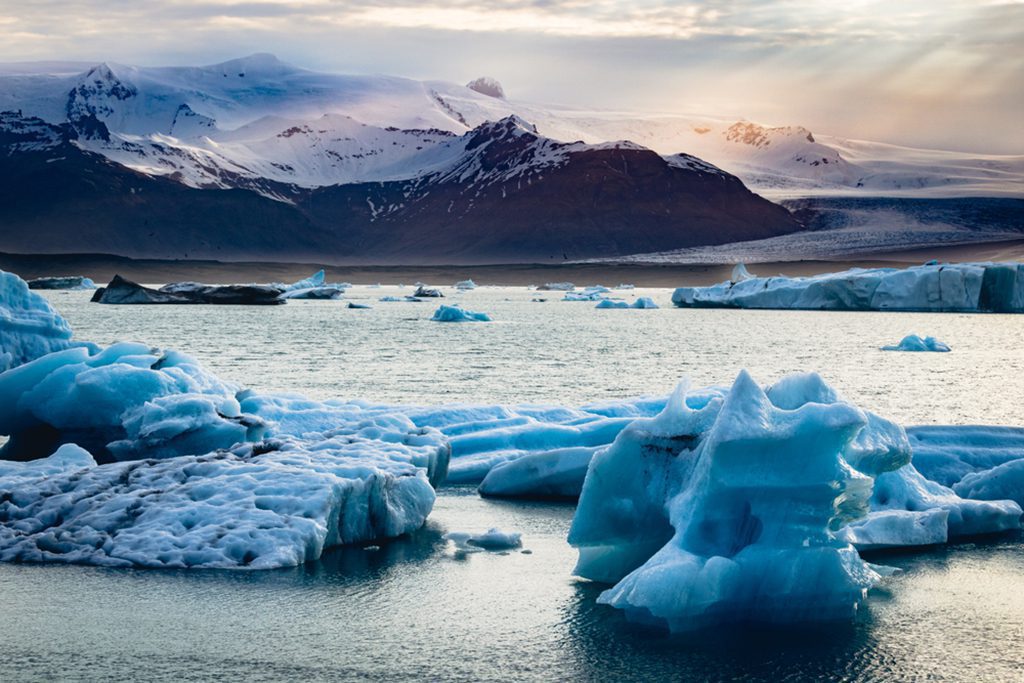
A stunning glacial lagoon may be found on the park’s border with Vatnajokull. The glacial melt that feeds the lagoon also causes it to expand every year. Its population has quadrupled since the ’70s. Calved icebergs from the glacier fill this deep lake, making it one of the deepest in Iceland. The lagoon and its surroundings are so stunning and otherworldly that they have appeared in several movies, including “Die Another Day” and “Tomb Raider.”
3. Vatnajokull Ice Caves
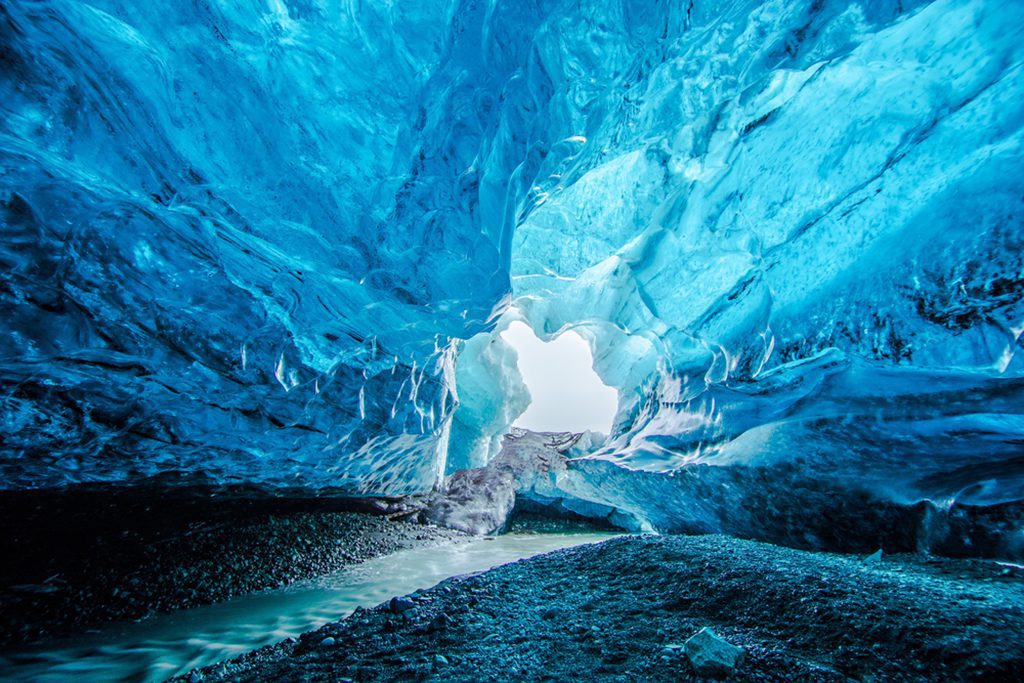
One of the most interesting things to do in Iceland is to explore the ice caves made by meltwater rivers under the Vatnajokull Glacier. Explorers who go inside these caverns will find themselves immersed in a bizarre world of blue ice formations. The black volcanic ash that became stuck in the ice in certain sections looks like a ribbon against the blue background. These caverns, also known as the Crystal Caves, are only accessible with a qualified guide during the colder months due to the risk of collapse during the warmer summer and spring months.
2. Blue Lagoon
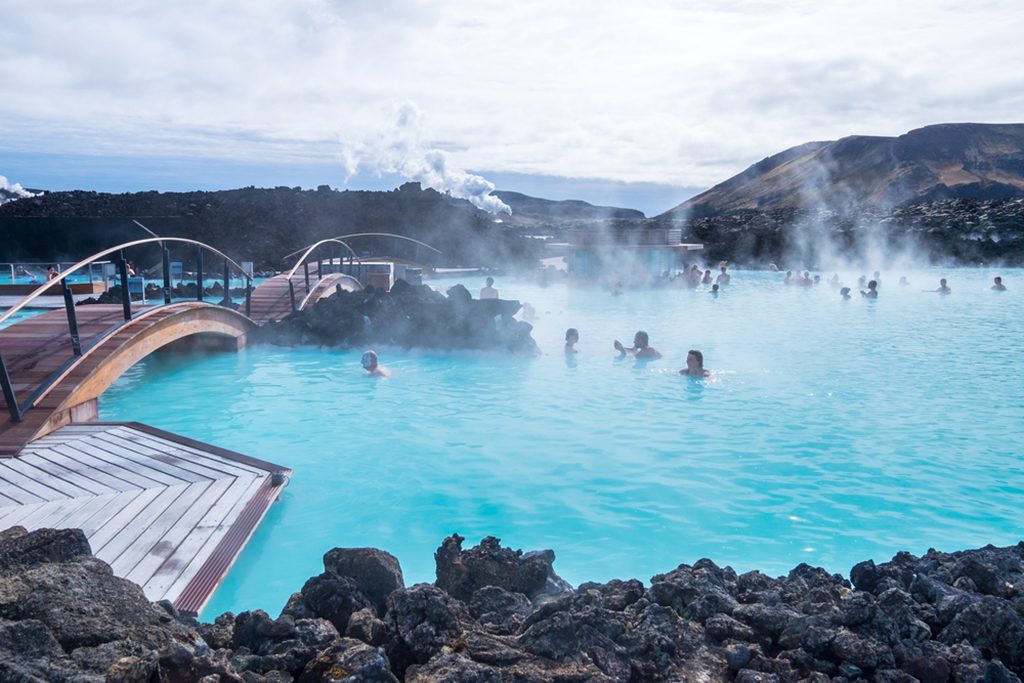
When people think of well-known Icelandic tourist destinations, the Blue Lagoon is often among the first things that spring to mind. The town of Grindavik on the peninsula of Reykjanes is home to a popular geothermal spa. Superheated saltwater emitted by a neighboring lava flow supplies the artificial lake. People with skin disorders like eczema may find relief in its milky blue waters, which are said to be rich in minerals, silica, and algae. Visitors who are interested in taking a swim in the Blue Lagoon are advised to make reservations in advance. Because of its high demand, this venue often reaches capacity.
1. Gullfoss
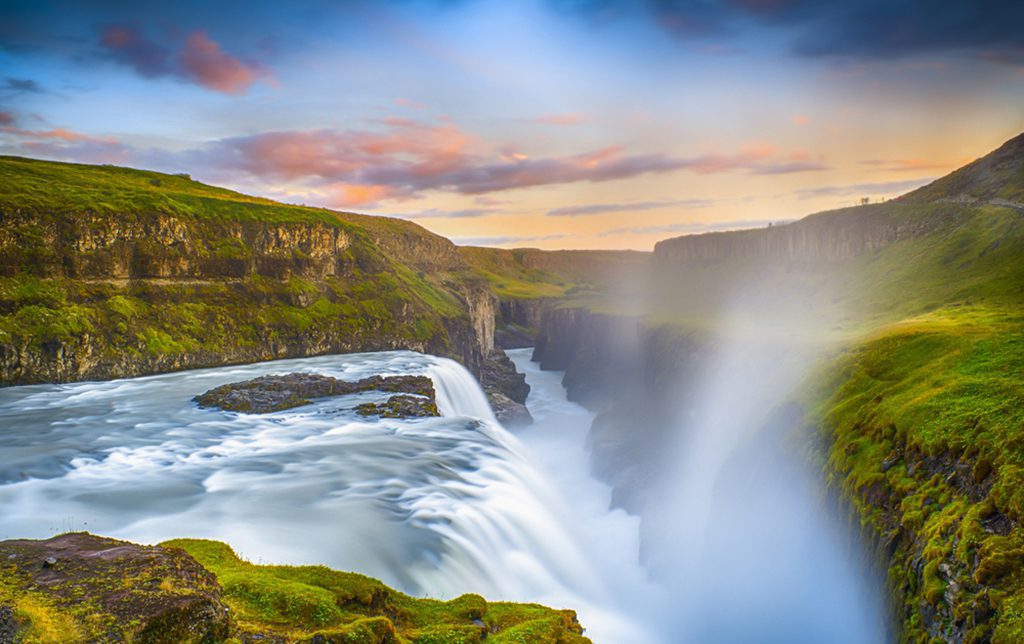
The brownish color of the water at Gullfoss inspired the moniker “Golden Falls.” Truly spectacular, these falls are also the greatest volume falls in all of Europe. Also noticeable are the two separate dips that are perpendicular to one another. When looking down from the main overlook, the lesser falls seem to disappear into nothingness because of the little obstruction in the view. To think that this landmark was nearly completely forgotten is difficult to fathom now. There was talk of constructing a hydroelectric powerhouse there by international investors. A local woman, however, lobbied passionately against the plant’s construction, going so far as to threaten suicide by jumping down the falls if it went forward. Thank goodness, Gullfoss might be rescued thanks to her efforts.



